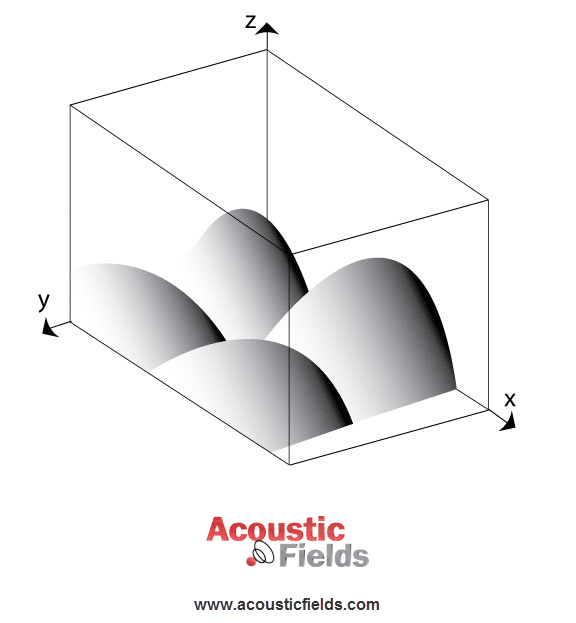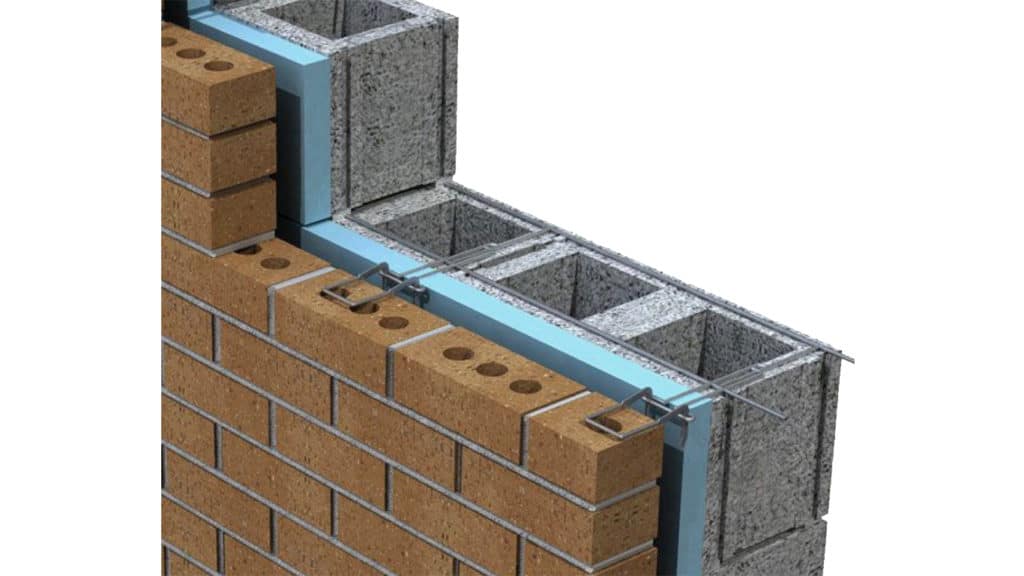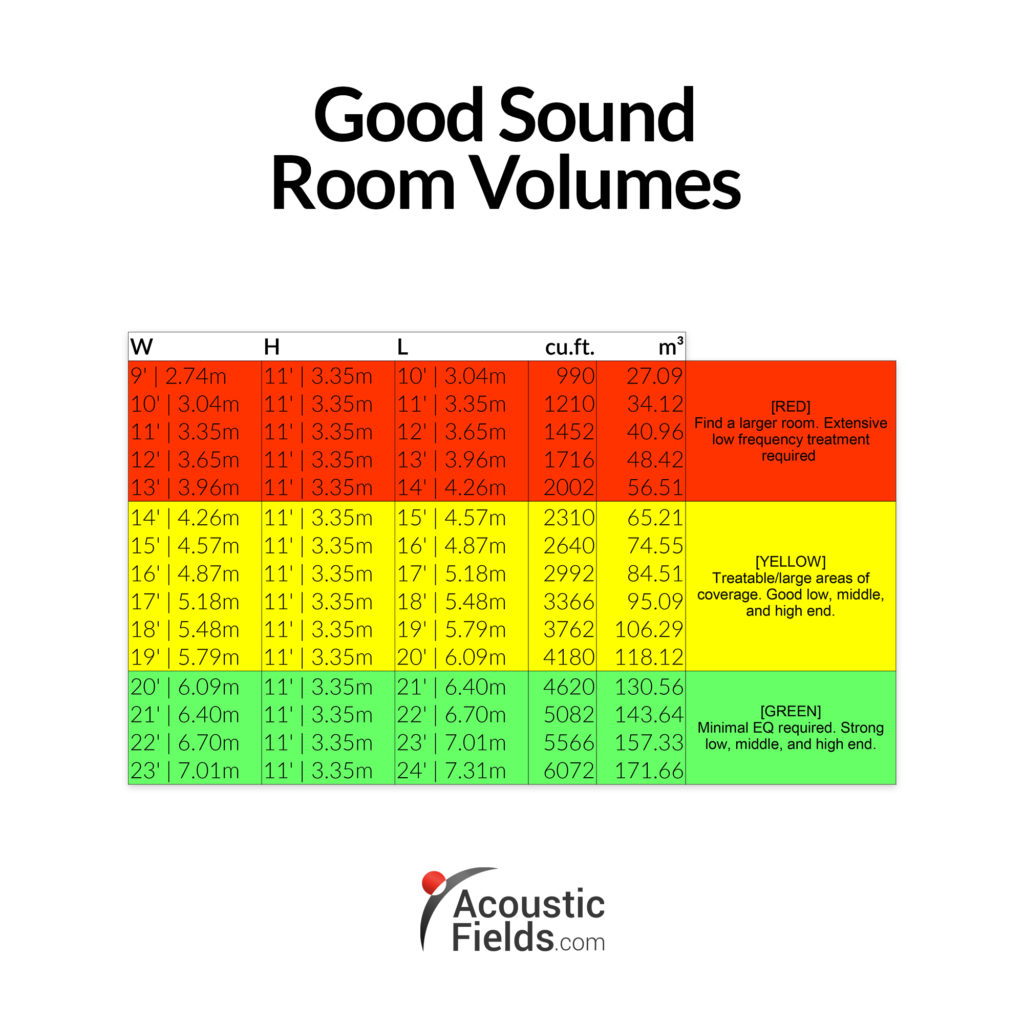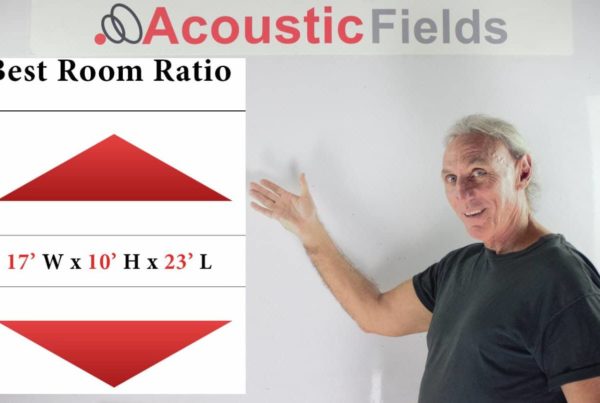Last week a subscriber to our YouTube channel emailed me the following question “Do you have any recommendations for acoustic treatment for a square room or is it always impossible no matter what the usage?” Well, it depends on how big the square is. If the square is 23, 24, 25 feet then we can make some changes. If it’s 10, 11, 12 or 15 or so then we can’t. What’s bad about a square room is that standing waves, those modal issues between two walls four walls and six wall surfaces, now become even more difficult because they have a greater amplitude which means they’re bigger problems and now they’re spread throughout the room. This blog updated on 12/8/19 to reflect our increased knowledge and experience.
How do you acoustically treat a room? You start with proper room width, height, and lengths. You must know how large your box is and what usage or what are you going to do it the room. Usage determines energy output into a room. A vocal room has lower energy outputs than a drum room. You must match the usage which is directly tied to the energy levels you will be placed within your room. If you load the room with excess energy you will excess problems and need many answers to how do you acoustically treat a room.
You could stand in the middle of a square room, move right 12 inches and you’d be in a different mode, move left 12 inches and you’d be in a different mode, you could be in two modes with two different frequencies not more than two feet from your current location, a foot either way. They’re just spread throughout the room in closer slices and closer distances throughout the room if its square. The reason being is that the unwanted energy that doesn’t fit in the space has to go to another dimension or another distance that’s equal to the distance that it doesn’t fit in, so it just gets really pissed off.
Room Modes: https://en.wikipedia.org/wiki/Room_modes
There’s No Acoustic Treatment For A Square Room That Will Work If Your Dimensions Are Too Small
So you get a lot of what are called coincident modes. They have high amplitudes. There’s many of them so that’s the reason square rooms are really bad. Now if it’s a small square room I’m going to tell you to get another room. If it’s a large square room I’m going to tell you that we need to build another room. We need to change the dimensions of the room and we add, depending on what the problems are and wherein the room the issues are, we will shorten some distances. The more that correspond to proper room ratios that produce fewer pressure issues.

Pressure Modes
I’m working on a project for a gentleman in France. His room is eleven, eleven, eleven. Okay so just by changing one dimension or two a little bit we can give him some relief. Now he’s got to be able to build the whole wall and maybe some on another area of the room and he’s willing to do that. Well, that’s what it takes.
So if your room is a small square, you’re much better finding another room. Send me your information and I’ll tell you right up front what I think. I won’t misrepresent the truth to try to sell you product because it’s no fun for me spending all the upfront time analyzing it and dealing with all these pressure issues and knowing that you’ve got to make the room so small it would effectively become a closet to work in. It’s not good for you either. So if you have a room that’s too small I’m going to tell you it’s too small. It will save both of us a lot of time and energy and frustration. Maybe other companies would not do that, I don’t know as I can’t speak for them but I can speak for what I’ll tell you.
Database
I have a database of rooms divided into three groups. The bottom group is no man’s land. That’s where you can’t get a good sound out of it no matter what you do even with my technology. So I will tell you that and ask you to look for a larger room. If it’s a bigger square over twenty feet I would guess then yeah we can make it smaller but you’ve got to be willing to spend money, get the hammer, saw and nails out because we’ve got to build another wall within that room.
Design Services: https://www.acousticfields.com/sound-barrier-technology/
Noise
Before we even think about how to acoustically treat a room, we need to look at any noise issues we may have outside and inside our rooms. Will we have noise from garbage trucks, traffic, and neighbors? Will we want that noise to be in our room? Would we want some to be in our room and some to not be? The point is we have to measure any noise that comes from outside sources and we also have to be concerned with the noise we make inside our room. Will our noise bother our neighbors?

Low-Frequency Barrier
Barrier
Noise must be quantified and qualified. You must measure the frequency of the noise and the amplitude or strength of the noise. Those numbers tell us how thick of a wall we need to build to reduce the noise transmission of into our room and the noise leaving our room. We need frequency and amplitude because each material density we use inside of our barrier wall addresses a certain frequency and how thick that frequency-dependent material is addresses the amplitude or how strong the energy at that frequency is.
Learn More About Us At Acoustic Fields: https://www.acousticfields.com/about/
In Summary
If have any more questions in regards to acoustic treatment for a square room feel free to email me at Info@acousticfields.com and if you would like your room acoustic issues analysed for free by me then please fill in the form here and I will be happy to take a look for you.
Thanks
Dennis










since i cant change my room around and its square what kind of sound proofing should i get?
Hi Zachary,
There is no such thing as sound proofing. There is sound management but nothing is “proofed” and there are always compromises. If you have a noise source and you wish to keep that noise from striking a receiver, you must erect a barrier between source and receiver. The noise frequency and strength must be quantified or measured. The density, material composition, and the construction methodology of the barrier must be designed and constructed based upon the measured noise levels. Fill out the information in this link and I can better assist you with some ideas. https://www.acousticfields.com/free-acoustic-treatment-room-analysis-tell-us-room/
Hi,
My listening room is W 159 1/2″ x L 1711/2″ H 86″ can you help me at all? I have a bass problem in the right front corner of the room. I have Corner tune’s upfront and celling corner tune’s I hope this helps.
Will Allison
W,
Fill out the info. in this link: https://www.acousticfields.com/free-room-analysis/